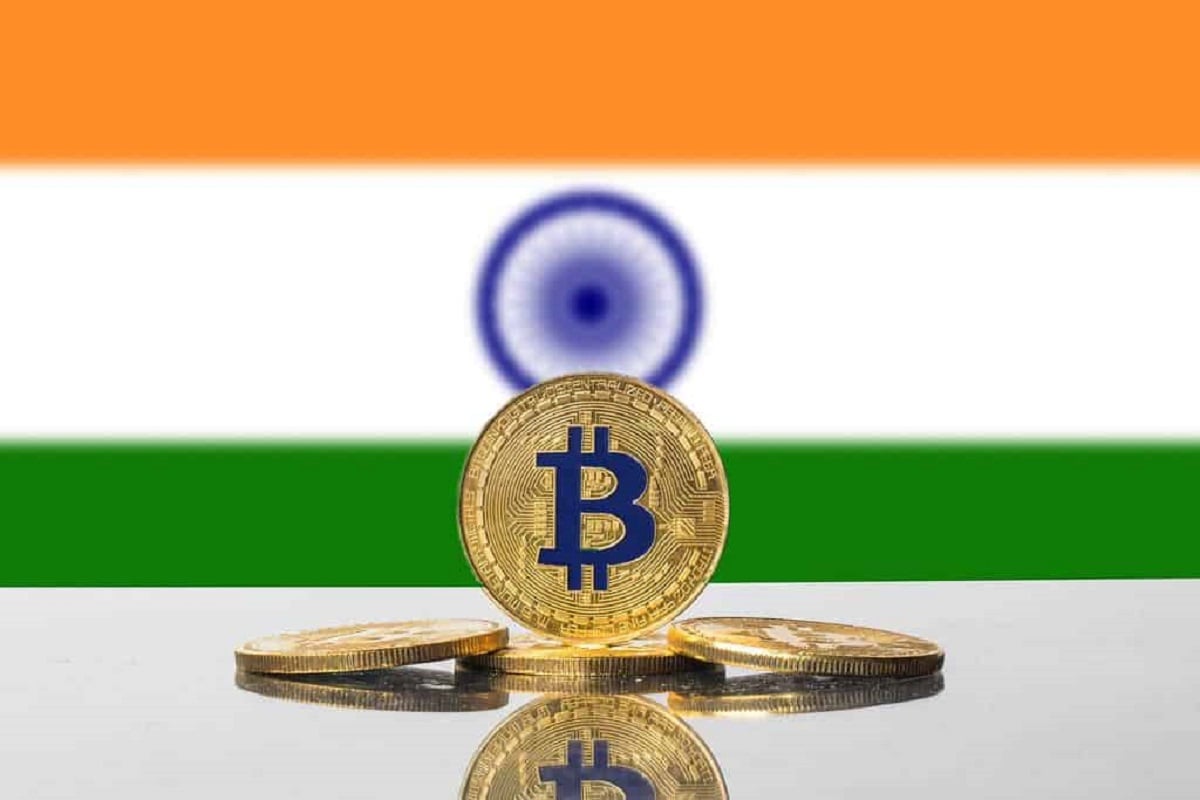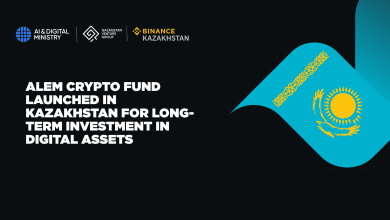India’s Finance Minister Calls on Nations to Prepare for Stablecoins


India’s Finance Minister Nirmala Sitharaman has called on nations to prepare for the rise of stablecoins, emphasizing the need for proactive engagement with this rapidly evolving financial technology. Speaking at the Kautilya Economic Conclave in New Delhi on October 3, Sitharaman warned that stablecoins are reshaping money flows and capital markets globally, and that countries failing to adapt risk being left behind. Her remarks mark one of the strongest acknowledgments from an Indian policymaker that digital currencies are now an unavoidable feature of the global financial system.
Stablecoins are digital tokens pegged to traditional currencies such as the U.S. dollar or euro, offering a bridge between the traditional financial system and blockchain-based ecosystems. As their use in global trade and cross-border transactions expands, governments are increasingly concerned about potential risks to financial stability, monetary policy, and consumer protection. Sitharaman’s comments reflect a pragmatic recognition that stablecoins, if properly managed, could play a key role in the modernization of global finance.
Global policy shift toward digital currencies
Sitharaman’s statement aligns with broader international discussions led by the International Monetary Fund (IMF) and the Financial Stability Board (FSB), both of which have urged the creation of global standards for stablecoin regulation. These organizations warn that without coordinated policy frameworks, stablecoins could pose risks to capital flow management and economic sovereignty. India, a leading voice in G20 digital asset discussions, has repeatedly emphasized the need for a unified global approach rather than fragmented national regulations.
The Finance Minister’s remarks also arrive amid growing domestic debate in India over the role of digital assets. While the Reserve Bank of India (RBI) continues to caution against private cryptocurrencies, experts have increasingly advocated for nuanced regulation instead of blanket restrictions. Former RBI executive G. Padmanabhan recently urged the government to take a “clear and constructive position” on stablecoins, suggesting that dismissing them outright could hinder innovation in the country’s fintech sector.
Implications for India’s fintech and digital currency strategy
India has already taken significant steps in exploring digital finance innovation, including piloting a central bank digital currency (CBDC). Sitharaman’s recognition of the potential role of stablecoins may signal a new phase in India’s digital finance roadmap—one that combines cautious oversight with strategic participation. Integrating stablecoin regulation into India’s broader fintech policy could enhance cross-border payment efficiency, reduce transaction costs, and strengthen financial inclusion.
Although an official transcript of Sitharaman’s speech has yet to be published, multiple reports and verified event recordings quote her as saying that nations must “prepare to engage” with stablecoins. This phrase has rapidly circulated across social media and industry platforms, underscoring the significance of her stance. Analysts interpret the comment as a subtle but meaningful shift in tone—from resistance to readiness—reflecting India’s acknowledgment that the digital asset economy is becoming too large and interconnected to ignore.
If India moves forward with structured engagement, it could position itself as a regulatory leader in the global stablecoin dialogue. For policymakers, the next step will be balancing innovation with security, ensuring that India’s financial system can harness the benefits of blockchain technology without compromising stability. Sitharaman’s remarks may therefore represent a turning point in India’s evolving digital finance narrative—one where stablecoins are not merely tolerated, but strategically understood as part of the future of money.







